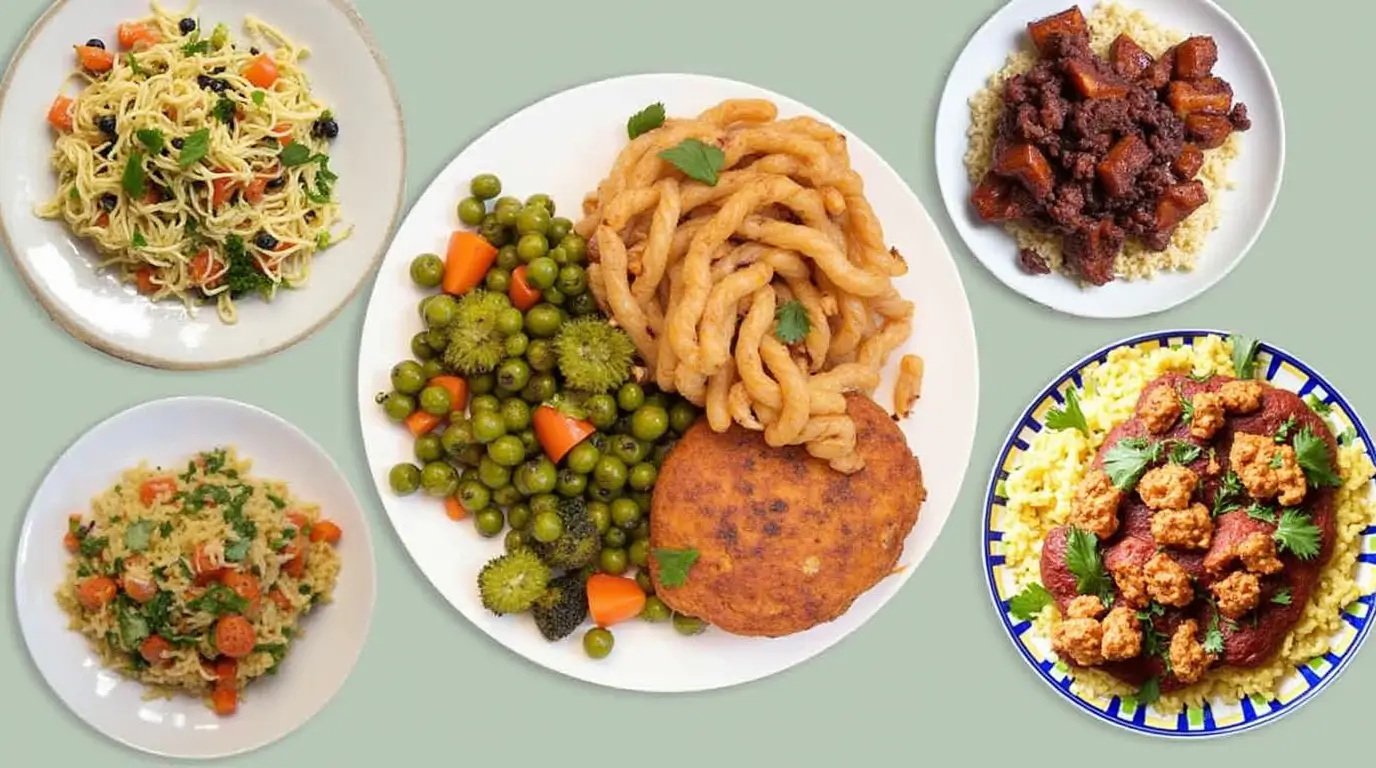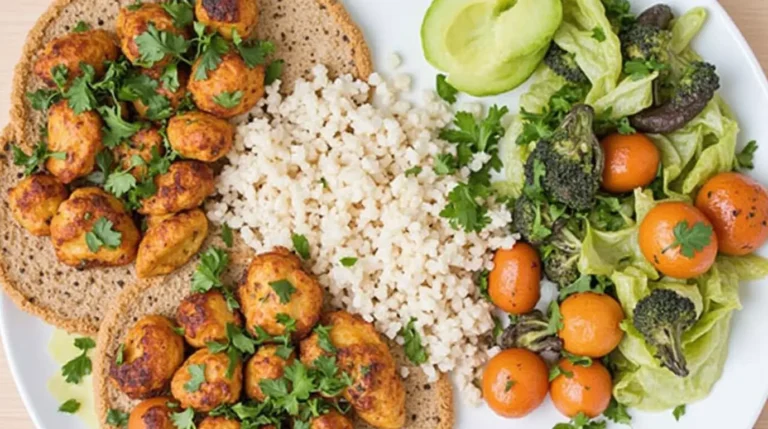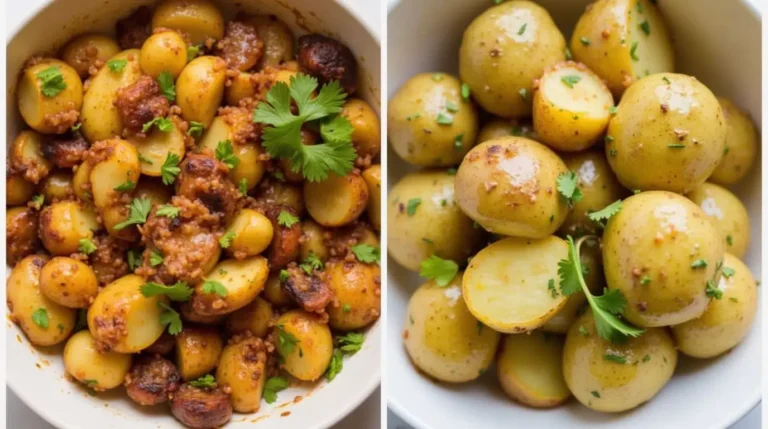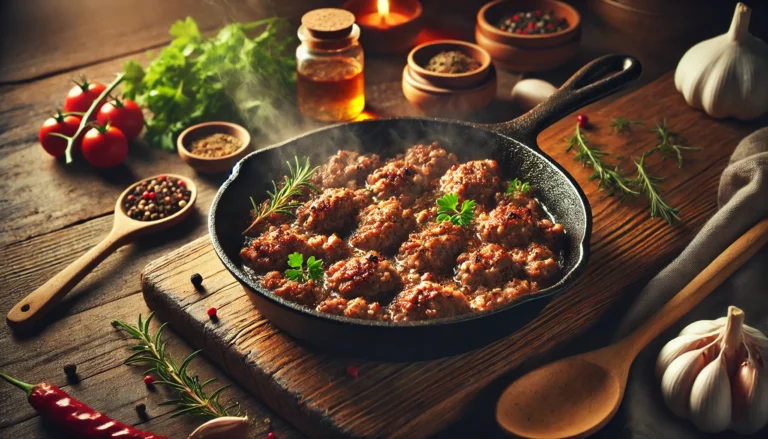Introduction
Chronic Kidney Disease (CKD) is a progressive condition that affects millions of people worldwide. Managing CKD involves making significant dietary changes to slow disease progression and prevent complications. One effective approach to maintaining kidney health is following a vegetarian diet that is tailored to meet the unique needs of individuals with CKD.
A kidney-friendly vegetarian diet focuses on reducing the intake of sodium, phosphorus, and potassium while ensuring adequate protein and calorie consumption. This guide will help you understand how to create kidney-friendly vegetarian dinners that support your kidney function without compromising taste and nutrition
Table of Contents
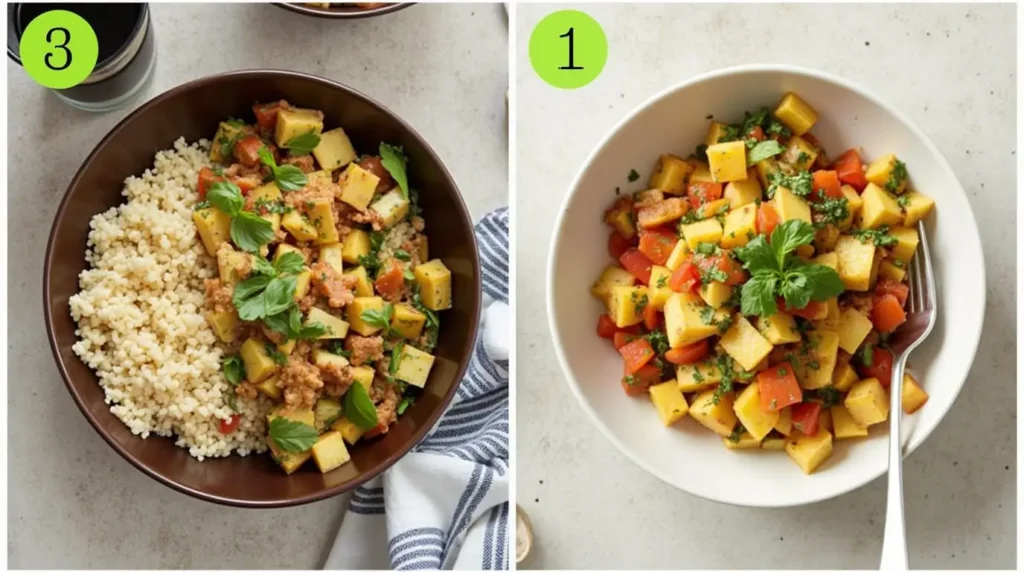
Understanding a Kidney-Friendly Vegetarian Diet
What Makes a Meal Kidney-Friendly?
A kidney-friendly diet aims to minimize the intake of certain nutrients that can burden the kidneys while still providing essential nutrition. Key factors include:
- Low Sodium: Excess sodium can increase blood pressure and put strain on the kidneys. Choosing fresh ingredients and avoiding processed foods helps to keep sodium levels in check.
- Controlled Potassium: High potassium levels can be dangerous for individuals with CKD, making it important to choose low-potassium vegetables and limit high-potassium foods like bananas and potatoes.
- Limited Phosphorus: Too much phosphorus can weaken bones and harm the heart. Vegetarian sources of phosphorus, such as nuts and seeds, should be consumed in moderation.
- Adequate Protein: While protein is essential for overall health, excessive intake can stress the kidneys. Plant-based proteins are often lower in phosphorus and easier to manage.
Importance of Managing Protein Intake in a Plant-Based Diet
While traditional CKD diets emphasize limiting protein, plant-based diets provide high-quality protein sources that are naturally lower in phosphorus. Key considerations include:
- Consuming a variety of plant-based proteins to meet nutritional needs without overwhelming the kidneys.
- Opting for lower-protein meals on non-dialysis days, as advised by a healthcare professional.
Recommended Portion Sizes for CKD Patients
Portion control is crucial to prevent excess intake of harmful nutrients. Some general guidelines include:
- Vegetables: 1/2 cup cooked or 1 cup raw per serving.
- Protein Sources: 1/2 cup cooked legumes or 3 oz tofu.
- Grains: 1/2 cup cooked rice, pasta, or couscous.
Best Plant-Based Protein Sources for CKD Patients
Low-Phosphorus Protein Options
Some kidney-friendly plant-based protein sources include:
- Tofu: A versatile protein source that is low in phosphorus compared to animal-based proteins.
- Lentils: While lentils contain some phosphorus, soaking and cooking them properly can help reduce their phosphorus content.
- Quinoa: A complete protein that provides essential amino acids while being lower in potassium and phosphorus than many grains.
Balancing Protein Intake Without Straining Kidney Function
To prevent kidney strain, it’s important to:
- Spread protein intake throughout the day.
- Opt for lower-protein meals on rest days to give the kidneys a break.
- Incorporate plant-based protein options in moderation.
Foods to Avoid That Are High in Phosphorus and Potassium
To support kidney health, it’s best to avoid or limit foods such as:
- Nuts and Seeds: High in phosphorus, these should be consumed sparingly.
- Dried Beans: Can be high in potassium; opt for fresh or frozen alternatives.
- Dairy Products: These contain high amounts of phosphorus and should be replaced with kidney-friendly alternatives like almond milk.
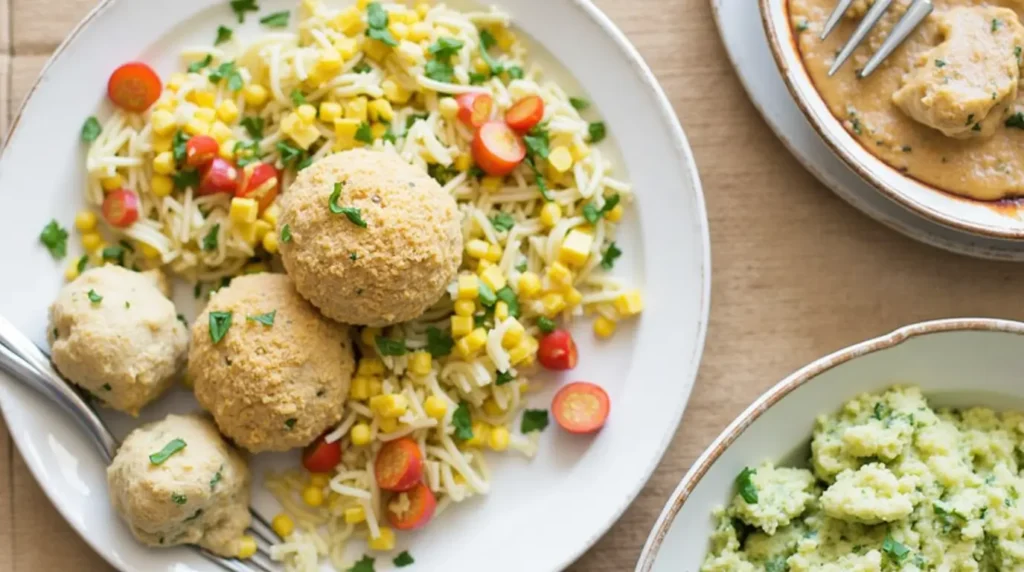
Kidney-Friendly Ingredients to Include in Your Dinners
Low-Potassium Vegetables
Choosing the right vegetables is crucial for maintaining a Kidney-Friendly Vegetarian dinners diet. Some great low-potassium options include:
- Cabbage: A low-potassium and nutrient-rich vegetable perfect for soups and stir-fries.
- Bell Peppers: Packed with antioxidants and kidney-friendly nutrients.
- Cauliflower: A versatile vegetable that can be used in place of potatoes.
Healthy Grains and Starches
Grains and starches are an essential energy source for CKD patients. Kidney-friendly options include:
- White Rice: Lower in phosphorus compared to brown rice.
- Pasta: A great option for creating satisfying and low-potassium meals.
- Couscous: Provides carbohydrates and protein without excessive potassium.
Herbs and Spices for Flavor Without Added Sodium
To enhance flavor without adding salt, consider using:
- Garlic and Onion Powder: These add depth to dishes without extra sodium.
- Lemon Juice: Provides a fresh, tangy flavor that brightens meals.
- Fresh Herbs: Such as basil, parsley, and thyme, which enhance flavor naturally.
Sample Kidney-Friendly Vegetarian Dinner Recipes
1. Low-Sodium Lentil & Vegetable Stir-Fry
- 1/2 cup cooked lentils
- 1 cup chopped bell peppers
- 1/2 cup cabbage
- 1 tbsp olive oil
- 1 tsp garlic powder
Instructions:
- Heat olive oil in a pan and sauté bell peppers and cabbage.
- Add cooked lentils and season with garlic powder.
- Cook for 5-7 minutes and serve warm.
2. Quinoa and Roasted Veggie Bowl
Ingredients:
- 1/2 cup cooked quinoa
- 1/2 cup roasted cauliflower
- 1/4 cup chopped parsley
- 1 tbsp olive oil
Instructions:
- Roast cauliflower with olive oil in the oven at 375°F for 20 minutes.
- Mix with quinoa and parsley.
- Serve warm.
3. Creamy Tofu and Spinach Pasta
Ingredients:
- 3 oz tofu, blended
- 1/2 cup cooked pasta
- 1/2 cup spinach, chopped
- 1 tbsp lemon juice
Instructions:
- Blend tofu with lemon juice to create a creamy sauce.
- Toss with cooked pasta and spinach.
- Serve immediately.
4. Kidney-Friendly Veggie Soup
Ingredients:
- 1 cup chopped cabbage
- 1/2 cup bell peppers
- 1 tbsp olive oil
- 3 cups low-sodium vegetable broth
Instructions:
- Sauté vegetables in olive oil.
- Add broth and simmer for 20 minutes.
- Serve hot.
Tips for Meal Planning and Cooking for CKD
How to Read Nutrition Labels for Kidney Health
- Look for products labeled “low sodium” (140 mg or less per serving).
- Check for potassium content; aim for under 200 mg per serving.
- Avoid products with phosphate additives.
Meal Prepping Ideas to Save Time and Stay on Track
- Cook grains in bulk for easy meal assembly.
- Pre-chop vegetables for quick stir-fries.
- Prepare sauces and dressings ahead to control sodium intake.
Working with a Registered Dietitian for Personalized Plans
A registered dietitian can help tailor your vegetarian CKD diet by:
- Providing personalized meal plans based on lab results.
- Offering strategies to manage nutrient intake effectively.
- Ensuring a balanced diet that supports kidney health.
Conclusion
Creating kidney-friendly vegetarian dinners for chronic kidney disease doesn’t have to be challenging. By focusing on low-sodium, low-phosphorus, and low-potassium ingredients while ensuring adequate protein intake, you can enjoy delicious meals that support your kidney health.
Making gradual changes and working with a healthcare professional can help you successfully manage CKD while following a plant-based diet. Try out the suggested recipes and embrace a kidney-friendly lifestyle today!
